Most of you will remember learning about the Underground Railroad at some point during your school years. The infamous Harriet Tubman who helped slaves flee to the north, as well as the many kind souls that assisted with hiding families from their slave owner as they desperately tried to escape to freedom. But how much do we REALLY know about the Underground Railroad?
Unfortunately, what is taught in school is mostly vague, offering a general overview of what happened during that time. There are so many details that have been glossed over in the history books, from the tales of the slave bounty hunters to the many brave men and women who helped escapees make their way north.
Here at Funnyand, we decided it was time to get dig into the facts, stories, and myths surrounding the Underground Railroad and provide a comprehensive overview of some important details you might now have known about.
“Slavery is a sin when whites were put to the yoke, but not the African. All men are created equal unless we decide you are not a man.” ― Colson Whitehead
40. The Origin of the Name
It’s important to first put to rest that the Underground Railroad was not underground at all. At the time, the railways were just beginning to be a method of transportation and due to the secretive nature of helping slaves cross into freedom, the term “underground” was used as a code word.
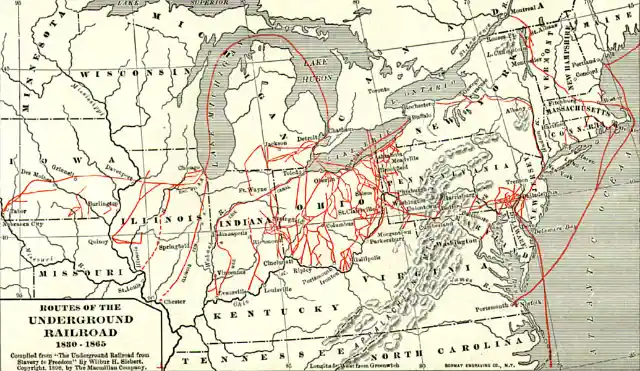
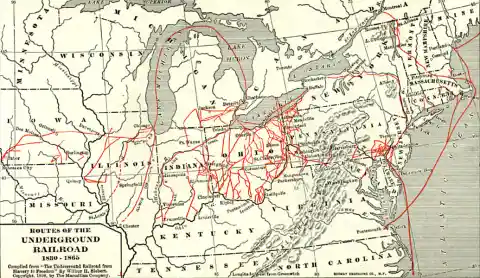
No one could have ever guessed that this functional terminology would go on to have a legacy that defined a movement for generations, as well as inspire future generations to do better in turbulent times.
39. Early Days
During the early years of the Underground Railroad, there were a few instances of it being referenced in the media at the time. A slave owner in Kentucky used the term to place blame for the loss of his slave Tice Davids in 1831. According to the owner, Davids had used the “underground railroad” to escape to Ohio and to freedom.
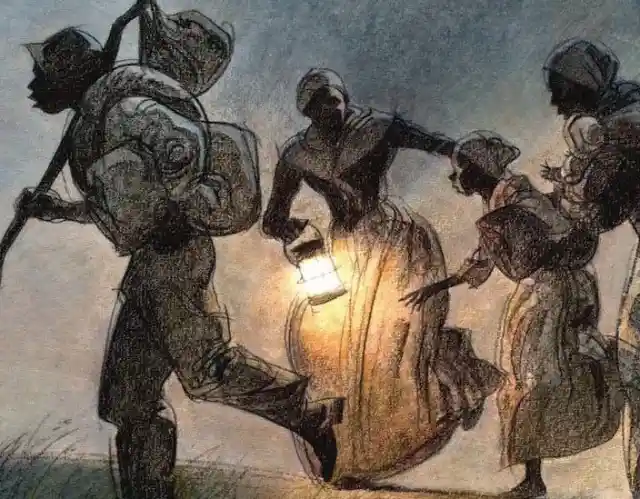

Another reference in the media would occur in 1839 when a Washington newspaper published an article about a slave who admitted to utilizing the “underground railroad” to get to Boston. Of course, the term would later have much more meaning to the north and to the south.
38. The Many Routes to Freedom
There was not one set path for slaves to travel during those times. And it’s important to point out the routes were not like the train routes today. There were no set times or destinations.
As time went on, the many paths to freedom began to evolve with many of the more popular destinations being the northern United States, Mexico, as well as the Caribbean. It would be later in 1850 that many slaves would flee to Canada as well.

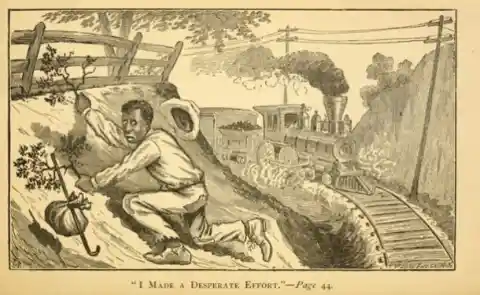
Most of the routes to the north were determined by who on the way there was willing to help. As more people turned against slavery and opened their homes and shops to escapees, more safe routes were implemented.
37. Canada: The Beacon of Freedom
After 1850, Canada would become the light at the end of a long, dark tunnel for slaves fleeing from bondage at the hands of their masters. When slaves crossed the border into Canada, they were free automatically with no questions asked.


They could settle where they wanted, run for public office and enjoy the same freedoms as other citizens. Many of the escapees would later end up helping with Underground Railroad operations to assist other slaves settling into their new lives.
36. Far From Perfection
It’s important to point out that the conditions in Canada at the time were far from perfect. At this time, Europeans were migrating and settling in Canada as well. This created a competitive environment when it came to available jobs. Even though slavery was abolished, discrimination was also still a huge problem.

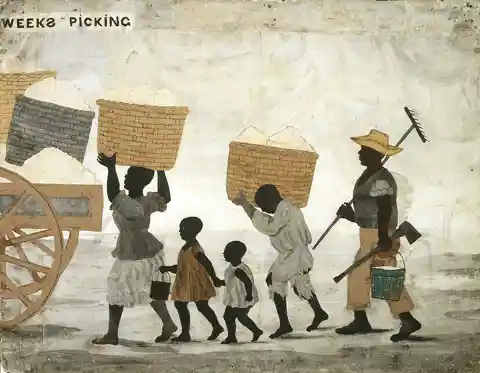
In New Brunswick, the charter was amended to ban African Americans from participating in trade, selling goods or fishing in the harbor. So, despite finally being free, they were still treated as second-class citizens.
Thankfully, these awful policies were reversed in 1870.
35. 80 Years in Operation
The unofficial start to the Underground Railroad was sometime during the 1780s and it would go on to run for almost a century.

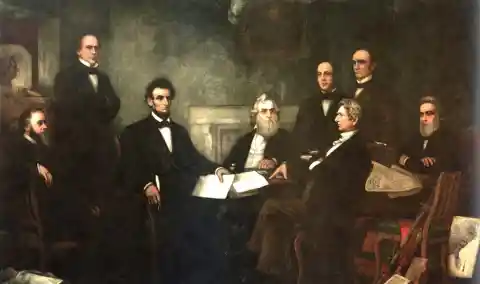
When the Emancipation Proclamation was signed into law in 1864 by Abraham Lincoln, activity ceased since there was no longer a need. The term “underground railroad” would become more common in the mid-1830s when describing the routes the escapees took.
34. The Fugitive Slave Act of 1850
The Underground Railroad hit its peak in the 1850s, with slaves escaping their masters on a regular basis. As the slave owners saw their workforce begin to dwindle, The Fugitive Slave Act of 1850 was born. Under this law, any slave who escaped to a free state could be brought back to his or her master.
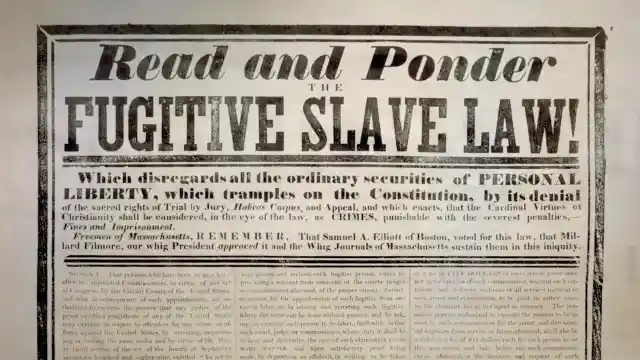
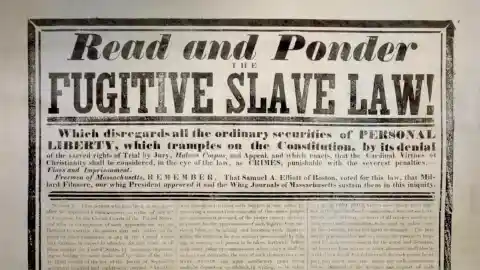
This would force escaped slaves to flee further north into Canada. The law also punished those caught helping slaves, where they could be jailed for six months or fined $1,000. Many good Samaritans were arrested for the cause, refusing to give in to the South’s bullying tactics.
33. A Controversial Time
One of the more controversial aspects of The Fugitive Slave Act was that a slave hunter only needed to go before a judge and state a person of color was an escapee.
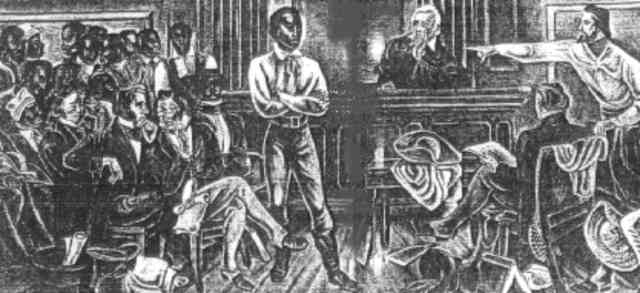
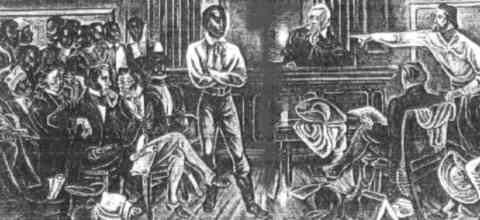
The law operated under the assumption that ALL colored persons were runaways and offered no way for the people to defend themselves. This act would be repealed a year after the Emancipation Proclamation.
32. The Legend of Lucy Bagby
According to historians, Lucy Bagby was the final slave to be tracked down and caught under The Fugitive Slave Act. After escaping to West Virginia and finally making it to Cleveland, Ohio her former owner was able to track her down and bring her back.
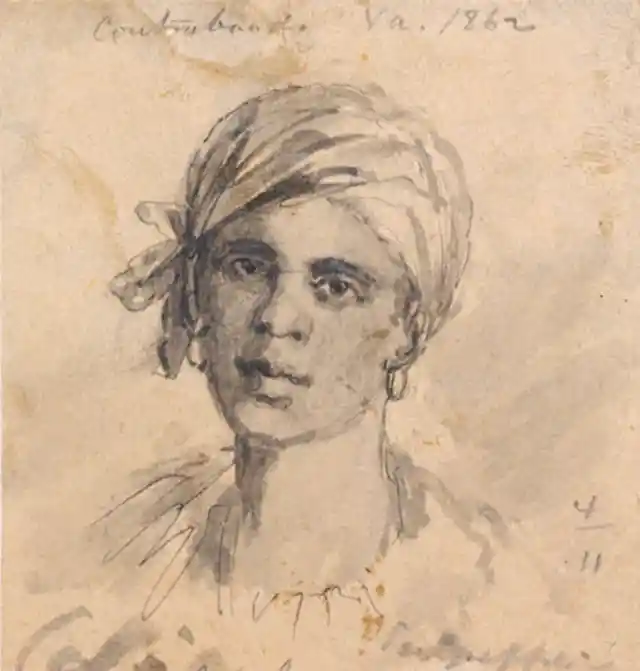
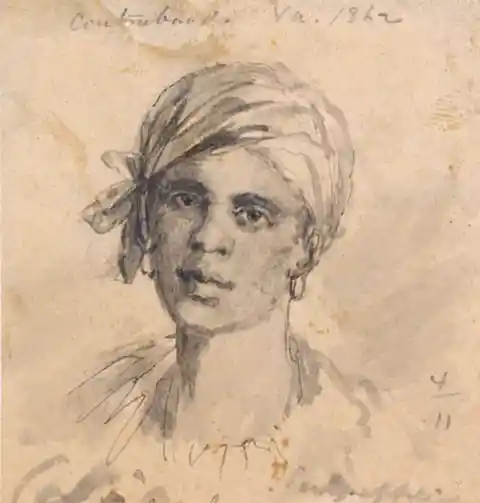
She was then punished for escaping, while abolitionists tried to free her but unfortunately failed. Thankfully, she did eventually gain freedom when Union soldiers took over the plantation of her owner.
31. Abusing the System
Many slave hunters during the 1800s would capture people of color who had never been slaves. Children were a primary target, and the hunters would sell them into slavery, despite the fact they had always been free.
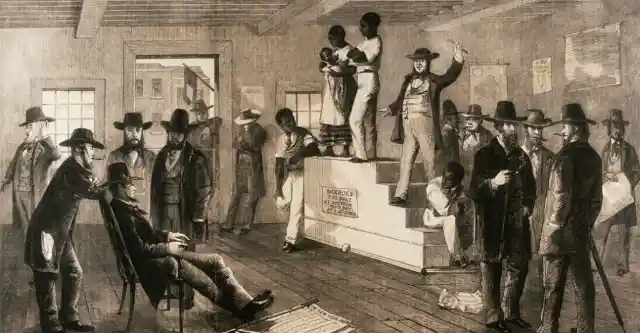
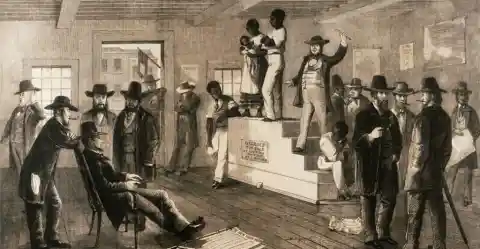
Judges in the south were bribed on a regular basis to rule in favor of the slave hunters, receiving high payouts to declare persons of color slaves even if they weren’t.
30. Fugitive Frederick Douglass
Frederick Douglass is one of the popular icons during this time. He was a fugitive slave and a popular leader of the anti-slavery movement. He also was a major proponent of civil rights and recruited many black soldiers during the Civil War.

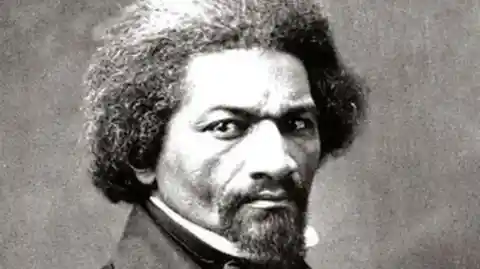
Douglass would be a beacon of light during dark times for many slaves as he fought hard for their freedom from the North. He also was a major threat to the slave owners in the South, due to his rise to power and ability to fan the flames of change.
29. Fighting for a Better Life
From an early age, Frederick Douglass knew he wanted more than life had granted him. He taught himself to read and right and would even publish three autobiographies. According to Douglass, “once you learn to read, you’ll forever be free” and with this motto, he helped educate many escapees.
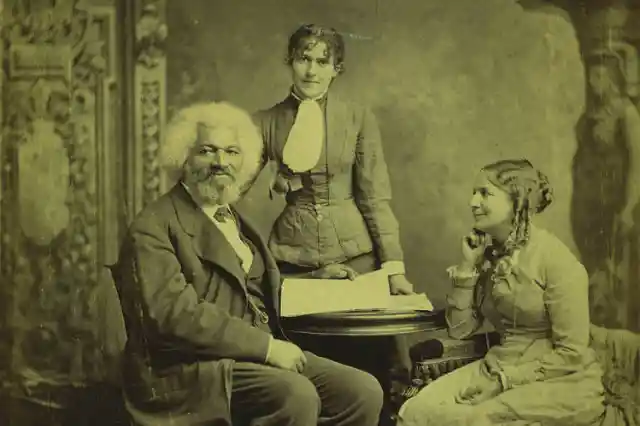
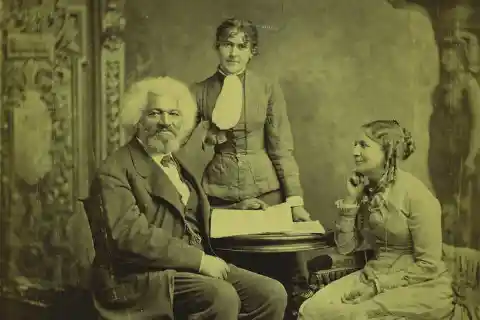
He even opened up his home in Rochester, New York to escaped slaves, making it one of the last stops on the Underground Railroad before escaping into Canada.
28. More Than Just the Country
You might find this surprising, but during the Civil War slaves and free black men helped fight for the Union Army.
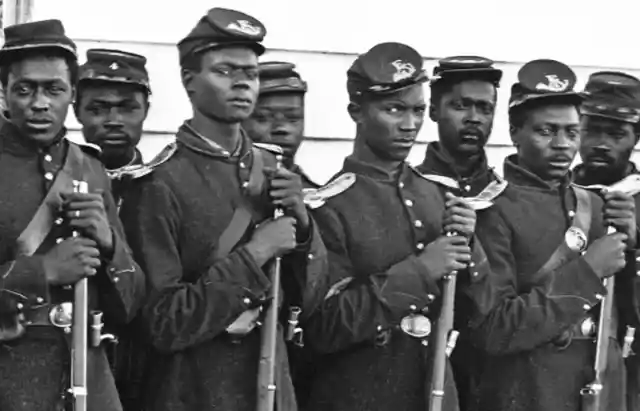
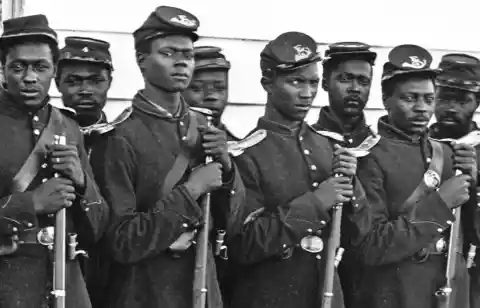
Slavery would eventually be abolished in December of 1865 thanks to the Thirteenth Amendment. During this time, slaves that had escaped to Canada began to return to the United States, hoping to settle down and start over.
27. The Unofficial President Levi Coffin
During our research here at Funnyand, one name stood out above the rest: Levi Coffin. When the Underground Railroad was at its peak, Coffin was known as the unofficial president of the movement.
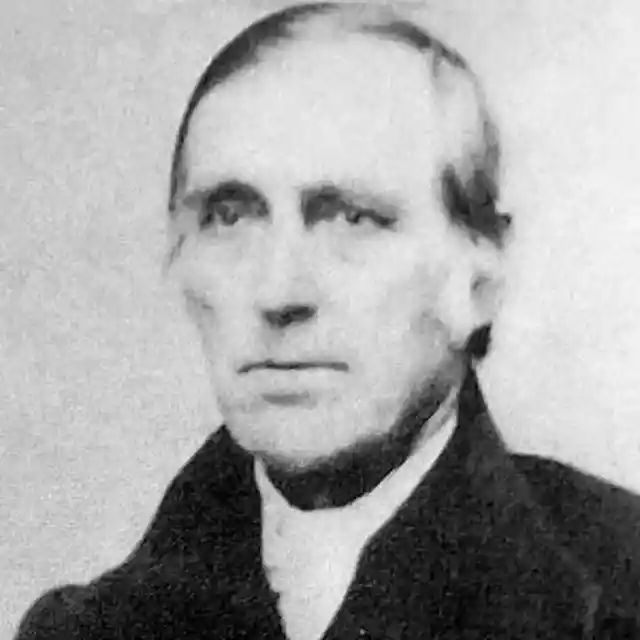
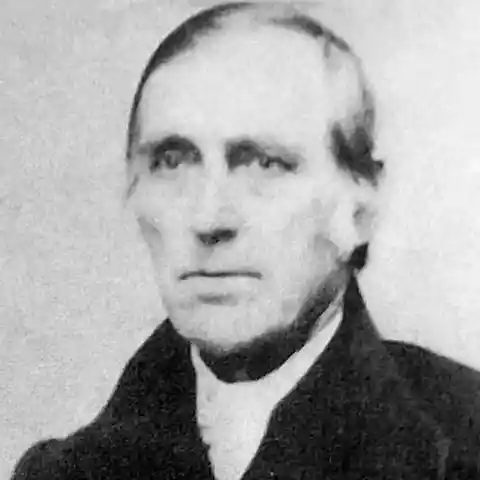
A large multitude of slaves passed through his home as they escaped to the north, making it almost a “Grand Station” of sorts. Thanks to his wealth from being a successful businessman, he was able to aid hundreds of slaves.
26. A Lifetime of Helping Others
Levi Coffin didn’t wait until he was successful to begin helping slaves. In fact, he started at the early age of fifteen. Coffin would seek out locations of hiding slaves and help them find their way to freedom.


Originally a North Carolina Quaker, he would later move to Ohio. As word spread of his kindness, slaves soon began to seek Coffin out for help.
25. Underground Railroad Allies
The people who helped the slaves along the Underground Railroad came from all walks of life. Men, women, Methodists, Native Americans and the Quakers all came together for a common cause.
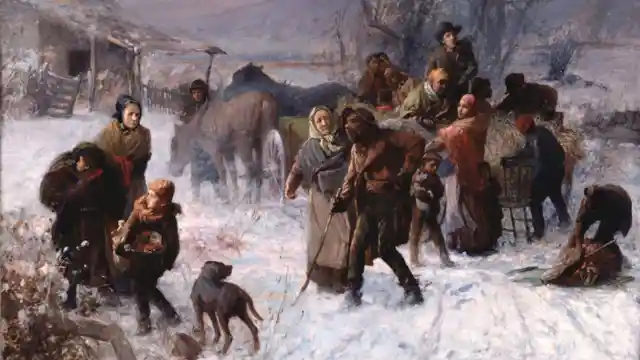

They would hide the slaves wherever they could, such as cupboards, basements and hidden passageways. Anyone who believed in their freedom would do whatever they could to help them survive.
24. The Quakers
The Quakers are mentioned quite a few times in history in regard to their help with the Underground Railroad, but what exactly is a Quaker? And no, it’s not your favorite brand of oatmeal.

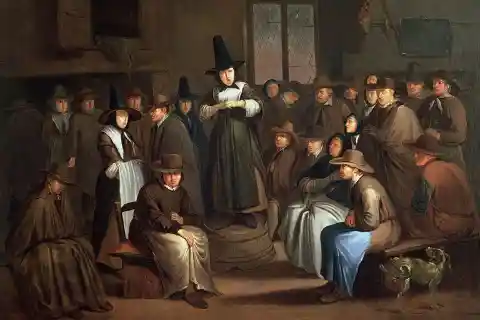
The Quakers were known as the Religious Society of Friends and were considered pacifists. They were huge supporters of equal rights and were founded by George Fox in England during the 1600s. The Quaker movement would make its way to America after 1650.
23. Belief in Everyone’s Rights
Quakers originally began fighting for Native American rights, but would soon find themselves caught up in helping slave escapees.
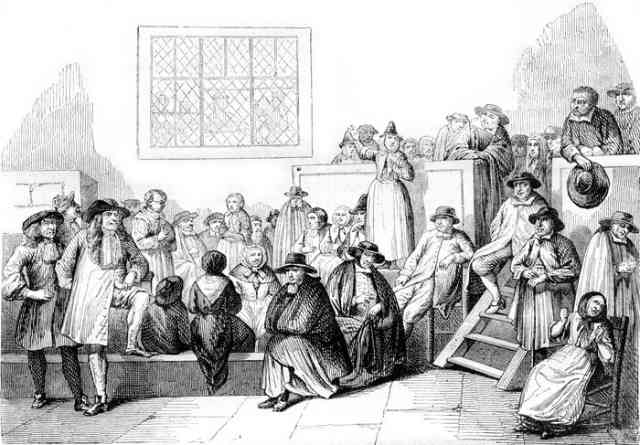

The Quakers in Pennsylvania were banned from owning slaves and soon all Quakers were banned across the country. There are several famous Quakers that were known throughout history, including two former presidents, Herbert Hoover, and Richard Nixon.
22. Knowing Less was for Safety
When it came to the people who were helping the escaped slaves, the less information about the routes they were taken was for the better. Most people only knew of their stop and maybe the next.
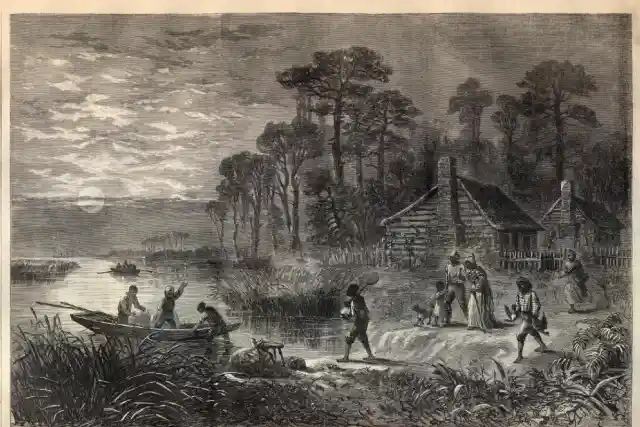
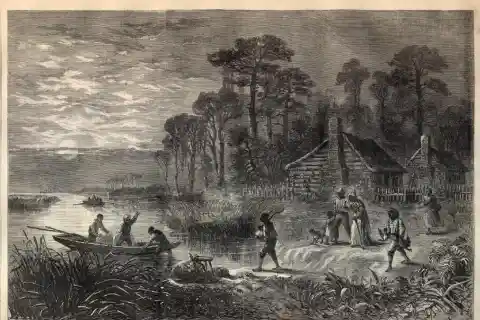
This was used as a safety precaution to keep people from infiltrating the Underground Railroad. The less the people helping knew, the safer it was for the slaves and for them. Therefore, no one knew the complete route to the north.
21. Bounty Hunters vs Vigilance Committees
As the Underground Railroad continued to thrive, bounty hunters were soon scouring the land for escaped slaves. However, the anti-slavery movement had its own response to the hunters–vigilance committees.


The people involved made it their mission to protect slaves in New York and Philadelphia. Some even guided slaves to freedom, taking out bounty hunters along the way.
20. Disguised as a Slave Owner
One prominent supporter of the anti-slavery movement was Elijah Anderson, a black man who was able to pass as white due to his light skin. Anderson was known to pose as a slave owner from time to time in an effort to help slaves get to freedom.

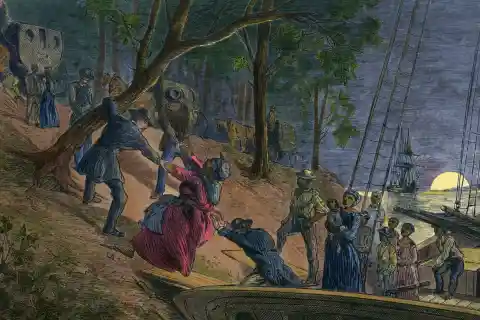
Over the course of his life, it’s been estimated he helped over 800 slaves escape to the north. Unfortunately, he would be jailed in Kentucky on charges of enticing slaves to run away. He would later be found dead in his jail cell.
19. Visiting Iconic Stops
If you’ve ever been interested in seeing some of the iconic stops that were on the Underground Railroad, the US Department of the Interior lists the locations that were used as stations.
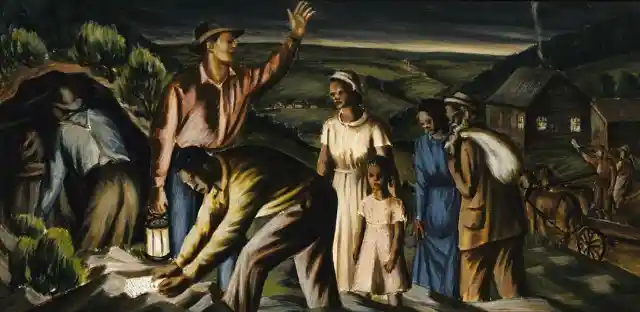
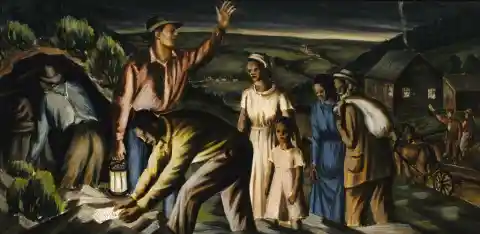
There are over 23 states with places to visit, Florida, New York and Indiana to name a few. Ohio actually has the most stations to visit, with 13 locations to check out that used to help escaped slaves stay safe on their journey north.
18. The Rough Journey
One important fact to mention is that the journey to freedom was far from easy. Cold mountains, raging rivers, and humid, deadly swamps all had to be crossed on the path to freedom.
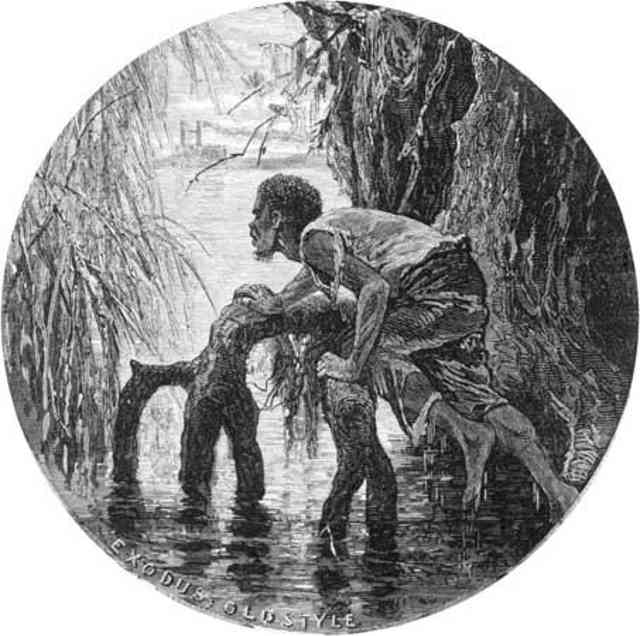
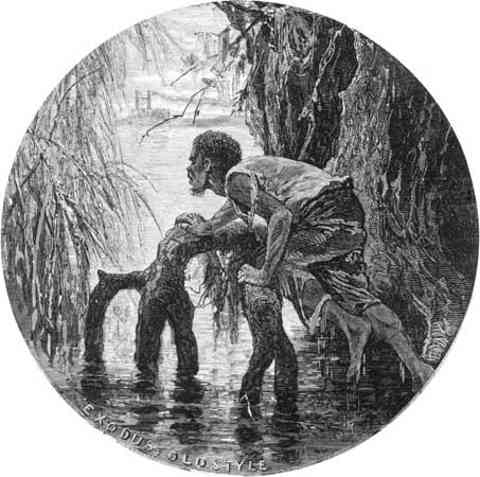
Many slaves died as they attempted to make it to the north, either from exhaustion, disease or the elements. For slaves in Florida, the swamps were the most deadly, with mosquitoes giving birth to disease and alligators sneaking up on the unsuspecting soul.
17. Amazing Sojourner Truth
Sojourner Truth was an icon during the anti-slavery movement and committed her entire life’s work to help slaves find freedom. She escaped with her child in 1826 to Ohio and there began to advocate for the end of slavery.
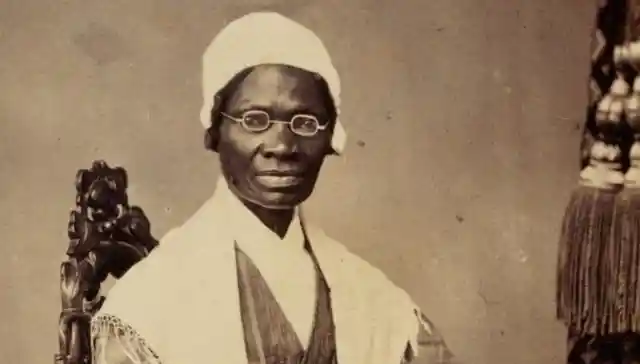
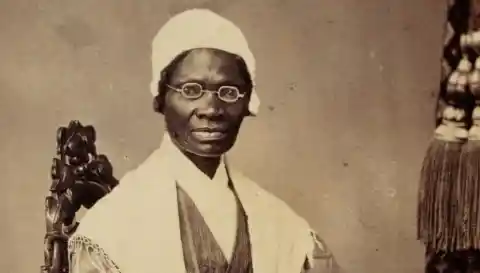
She also was a huge petitioner for woman’s rights, giving her infamous “I ain’t-a woman” speech at the Women’s Rights Convention in 1851.
16. Secret Codes
Most of the people who helped the slaves had code-names for themselves as well as the locations and stations used along the way. The slaves even used songs to help relay coded messages to others in the area.
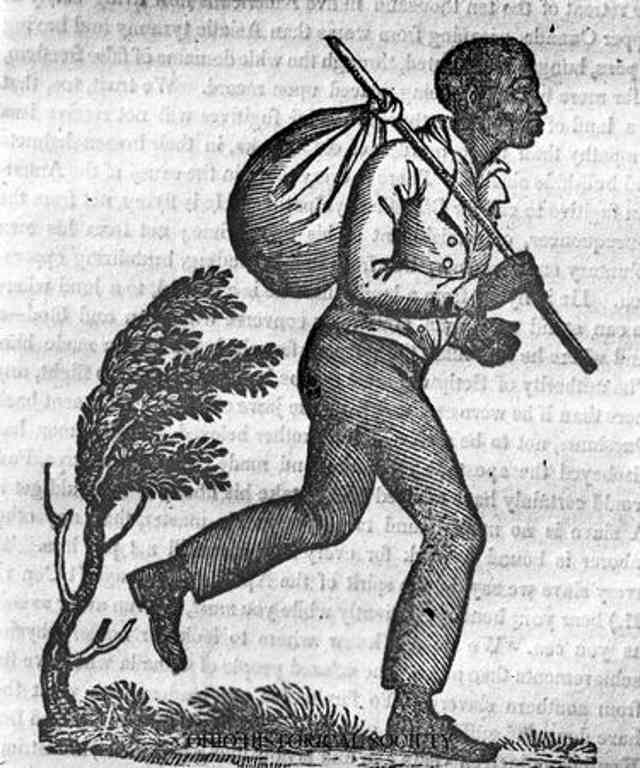

It was the only way to keep information confidential and protect those assisting with the Underground Railroad.
15. The Many Codes of Freedom
There were quite a few code words used during this time, and we have to admit some are pretty cool! For example, an “agent” was someone who assisted with plotting courses and “baggage” was the term used for fugitive slaves.
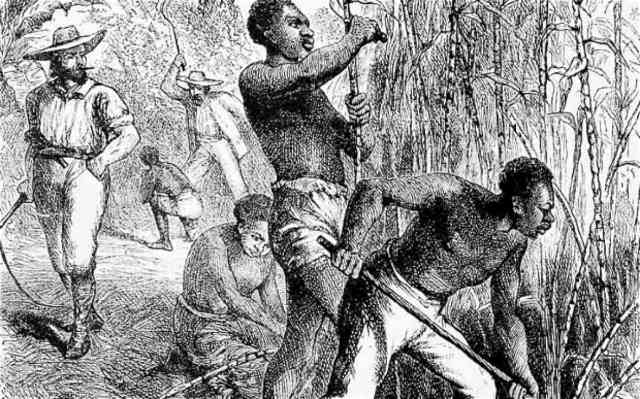
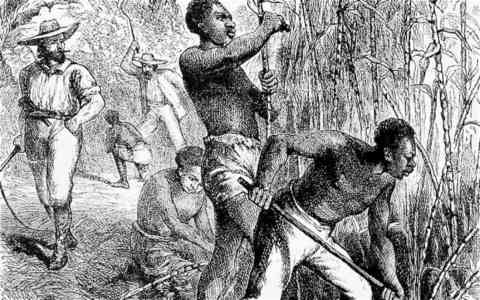
Other terms included “flying bondsmen” which was used to dictate how many slaves were escaping and a “station master” was the word used for the owner of the home hiding slaves.
Pretty cool, right?
14. Freedom Through Song
While slaves originally used music to help their long and hopeless days go by faster, they eventually transformed their songs into ways to code messages for slaves attempting to escape.

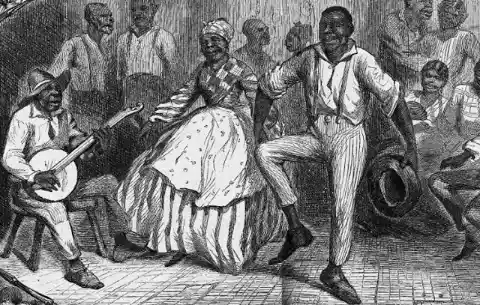
The songs would contain directions for escaping, as well as locations for where to meet up. Since most slaves didn’t have the ability to read or write, all they had was music to guide them to freedom.
13. The Songs of the South
There are quite a few songs that became famous during that time. “Sweet Chariot,” “Wade in the Water,” and “Follow the Drinking Gourd” being the top three.

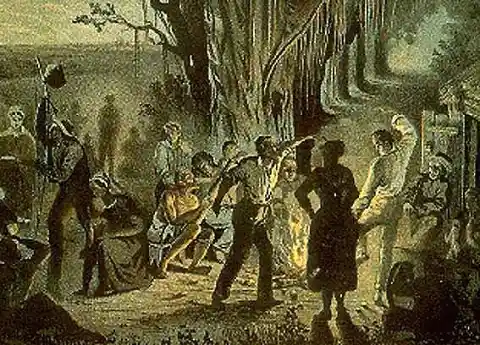
These songs were all used to not only help slaves be guided to freedom but keep their spirits up while working on the plantations. Many of these songs are sung in churches across America today.
12. 100,000 Slaves Freed
According to historians, it’s believed that over 100,000 slaves escaped via the Underground Railroad to freedom.

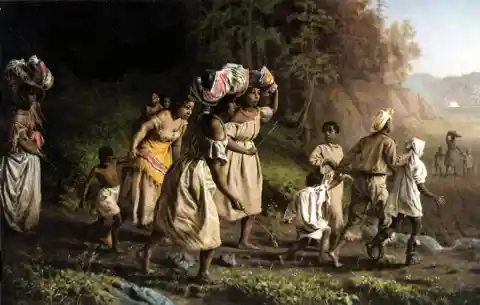
Many of these slaves fled from the Southern states that bordered Kentucky, Virginia, and Maryland, which happened to be free states at the time and the easiest to escape to. Sadly, escaping from the states in the Deep South were much more difficult and less successful.
11. George Washington was Against Abolishing Slavery
One famous political figure from our history was absolutely against abolishing slavery and that was George Washington. Washington was a slave owner himself and was not a fan of the concept of the Underground Railroad.
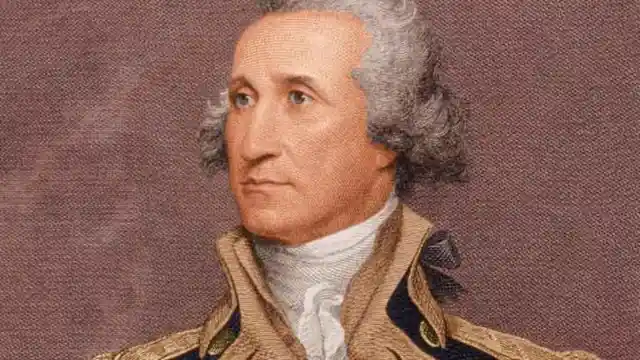
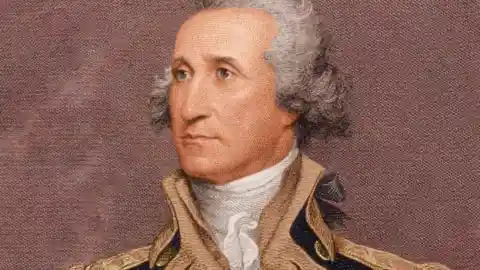
In fact, in 1786 one of his slaves escaped via an earlier version of the concept. To say Washington wasn’t pleased would be an understatement.
10. William Still “Father of the Underground Railroad”
Another extremely important person involved in the Underground Railroad was William Still. Nicknamed the “Father of the Underground Railroad” he assisted hundreds of slaves escaping to freedom.
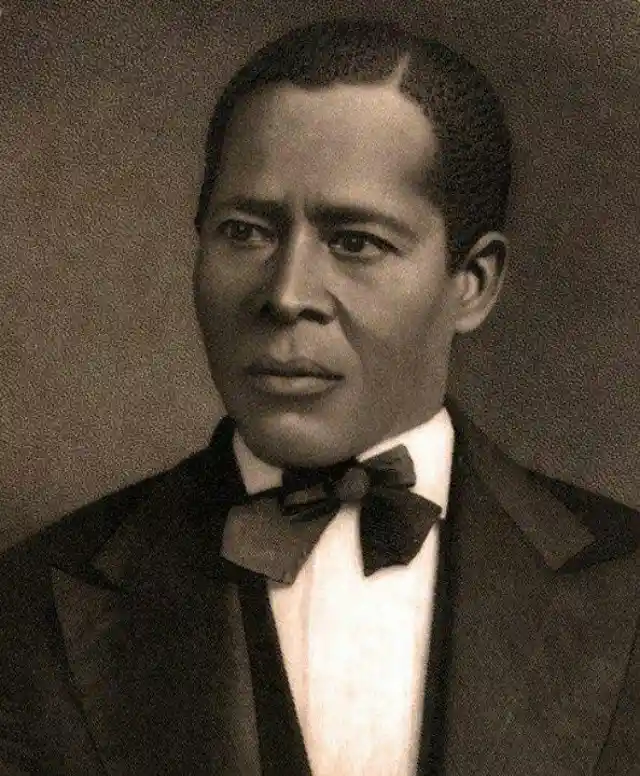
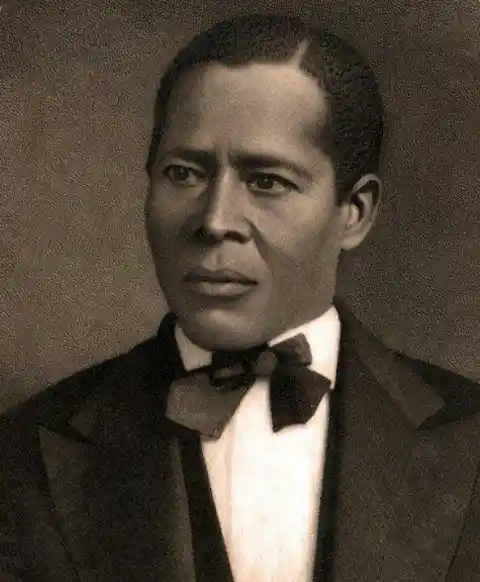
According to historians, Still would hide slaves in his home at times and even assisted over 60 slaves over the course of one month.
9. Detailed Documentation
Still was very strict about keeping documentation of every slaved he helped. He even included small biographies in his record with the hope of keeping their history alive and well.
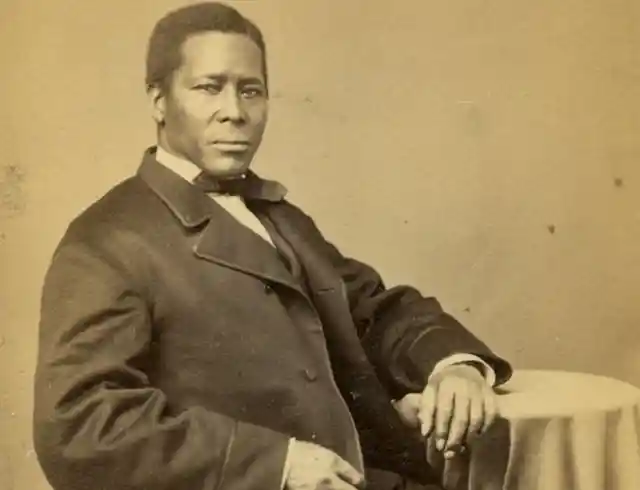
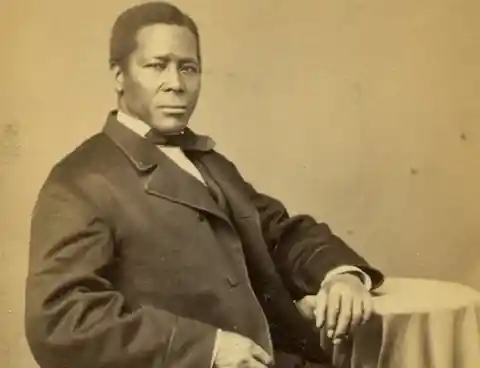
In his records, Still would use code words as well in order to identify the slaves just in case someone confiscated his documents. He even wrote in misdirects in terms of locations, so if the authorities tried to intercept they’d end up in the wrong place.
8. Keeping Their Histories Alive
Going above and beyond his duty, William Still would keep in touch with the slaves he had helped escape. Acting as a liaison between those who reached freedom and those that were left behind, he would help keep communication lines open for families that were separated.
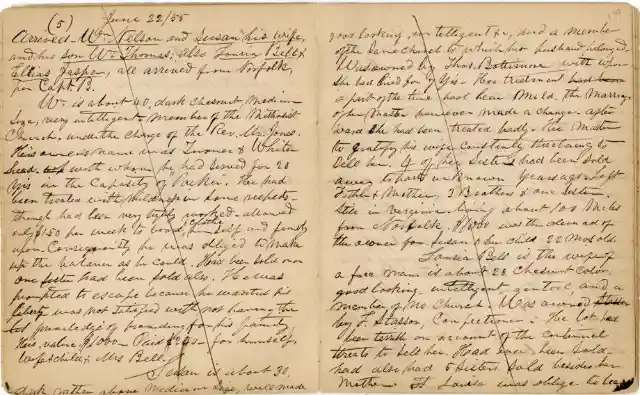
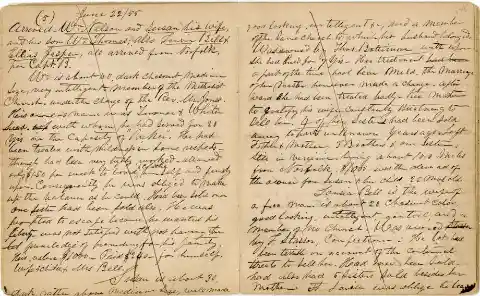
Still would go on to publish a book in 1872 titled: The Underground Railroad: Narratives and First-Hand Accounts. Much of what we know about how the Underground worked has been collected from his book.
7. Slave Owners Lied All the Time
As more slaves escaped to freedom, their owners became quite desperate. Hoping to dissuade them from trying to escape, the owners would tell lies in an effort to scare the slaves.
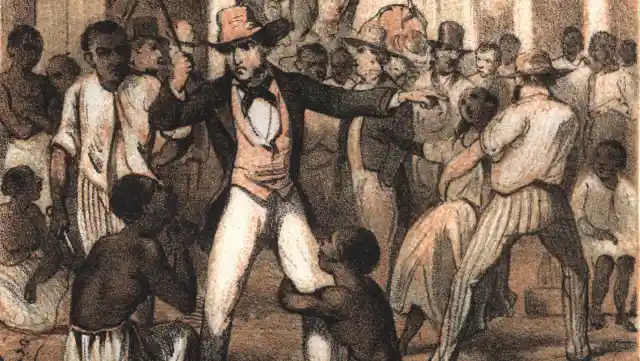

They would tell them the Detroit River was 3,000 miles wide and even went as far as to say that those who were against slavery were rabid cannibals. While these lies worked to a point, most slaves were so desperate to escape the conditions they were in that they decided to take their chances.
6. Many Groups Helped the Slaves
The first group to oppose slavery were the Pennsylvania Quakers, who in 1688 rejected slavery as part of their religion.
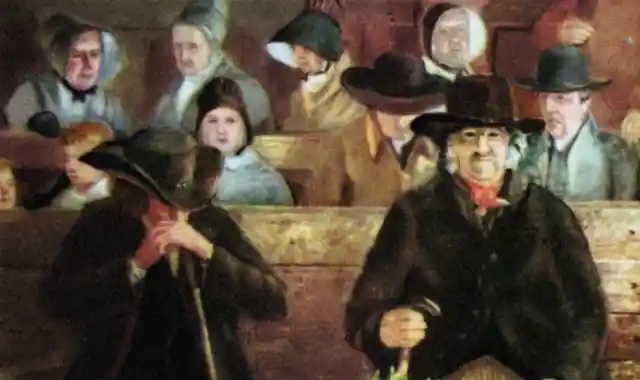

Other groups would join the Quakers and the anti-slavery movement, including the Mennonites. All would end up helping slaves escape to the north, risking their livelihoods in the process.
5. The Native American Alliance
The Native Americans living in the United States during this time understood what it was like to be wronged as a people. The Tuscarora Indians would form an alliance with black Americans as part of their ongoing war against the colony of North Carolina.

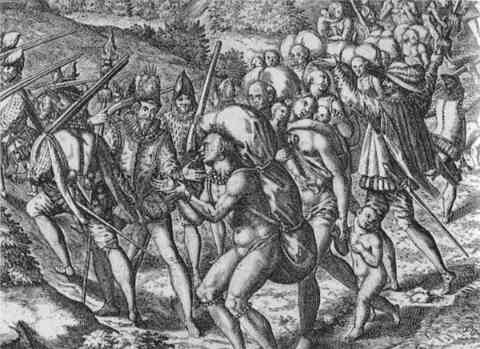
It would be under the Five Nations (the Iroquois Confederacy) that escaped slaves could create new identities and start over through the Iroquois system in New York.
4. Radical Methods of Freeing Slaves
Some figures working on the Underground Railroad believed that a more radical approach was necessary for combating slavery. John Brown incorporated many guerilla-style tactics to fight back, but this would ultimately be his undoing.
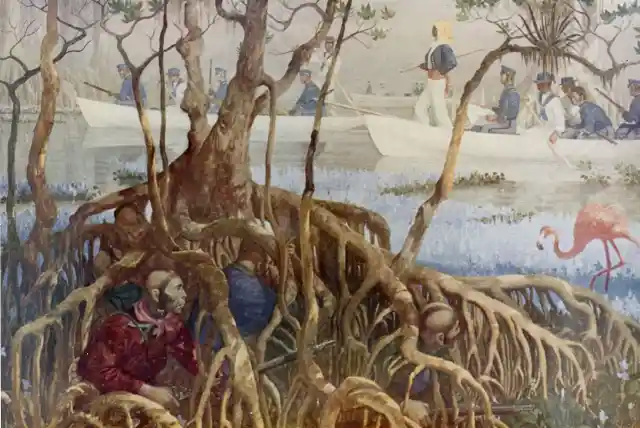
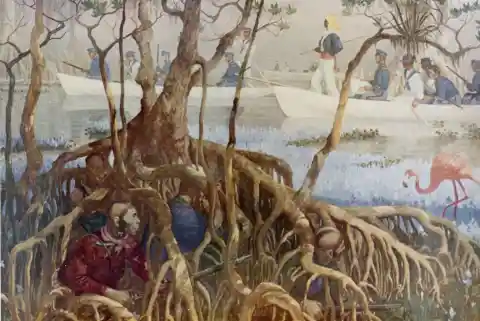
During a raid on Harper’s Ferry with the hopes of leading an army south to free the slaves, he was caught off guard and failed miserably. This would lead to his execution for treason.
3. Quilts of the Underground Railroad
While there’s no concrete evidence, recently historians have come to the conclusion that quilts were used to help detail routes and provide assistance to slaves.
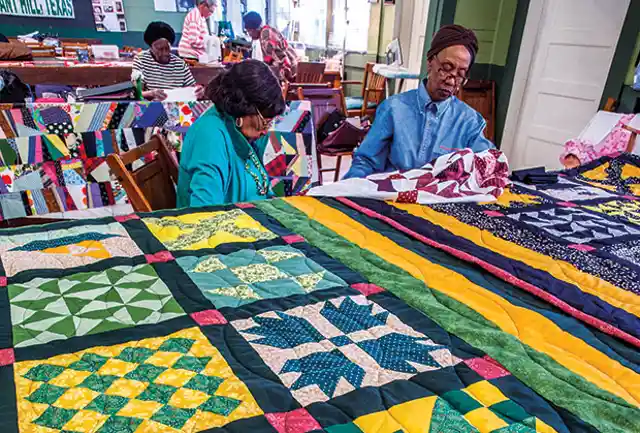
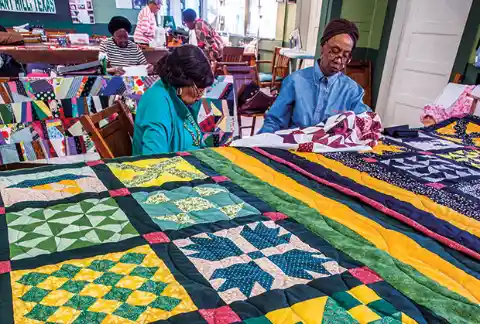
It is believed there were ten patterns used that all had different meanings, whether it was alerting others of an escape or providing directions. Unfortunately, the evidence is lacking and no such quilts have ever been found.
2. No Settling Allowed
Sadly, not all of the states wanted to get on board with the abolishment of slavery after it was outlawed. Some states didn’t want free black people settling down in their communities. The state of Indiana went as far as passing an amendment that outlawed blacks from settling in the state altogether.
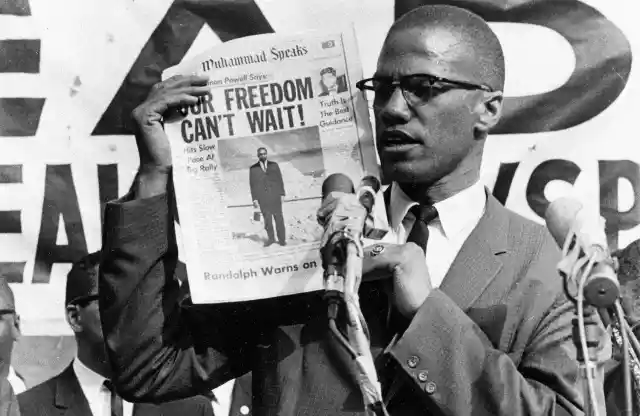
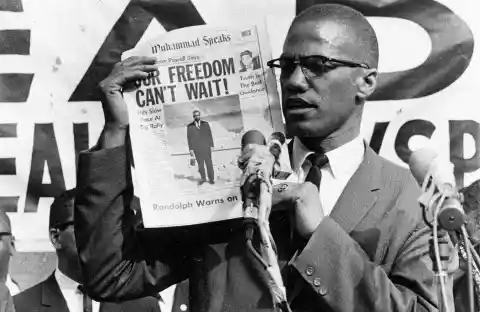
Of course, this would all be just the start for the fight for equality, with the Civil Rights movement of the 1960’s pushing for a better life for African Americans, and today the Black Lives Matter movement once again taking the charge.
1. The Infamous Harriet Tubman
Most people think of Harriet Tubman when mentioning the Underground Railroad. This is because she is well-known for her amazing work helping slaves cross into the north. She escaped slavery in 1849 along with her two brothers. Sadly, the brothers returned to the plantation after two weeks on the run. According to Harriet…


“There are two things I had a right to—liberty or death. If I could not have one, I would have the other for no man should take me alive.”
Powerful words, indeed.